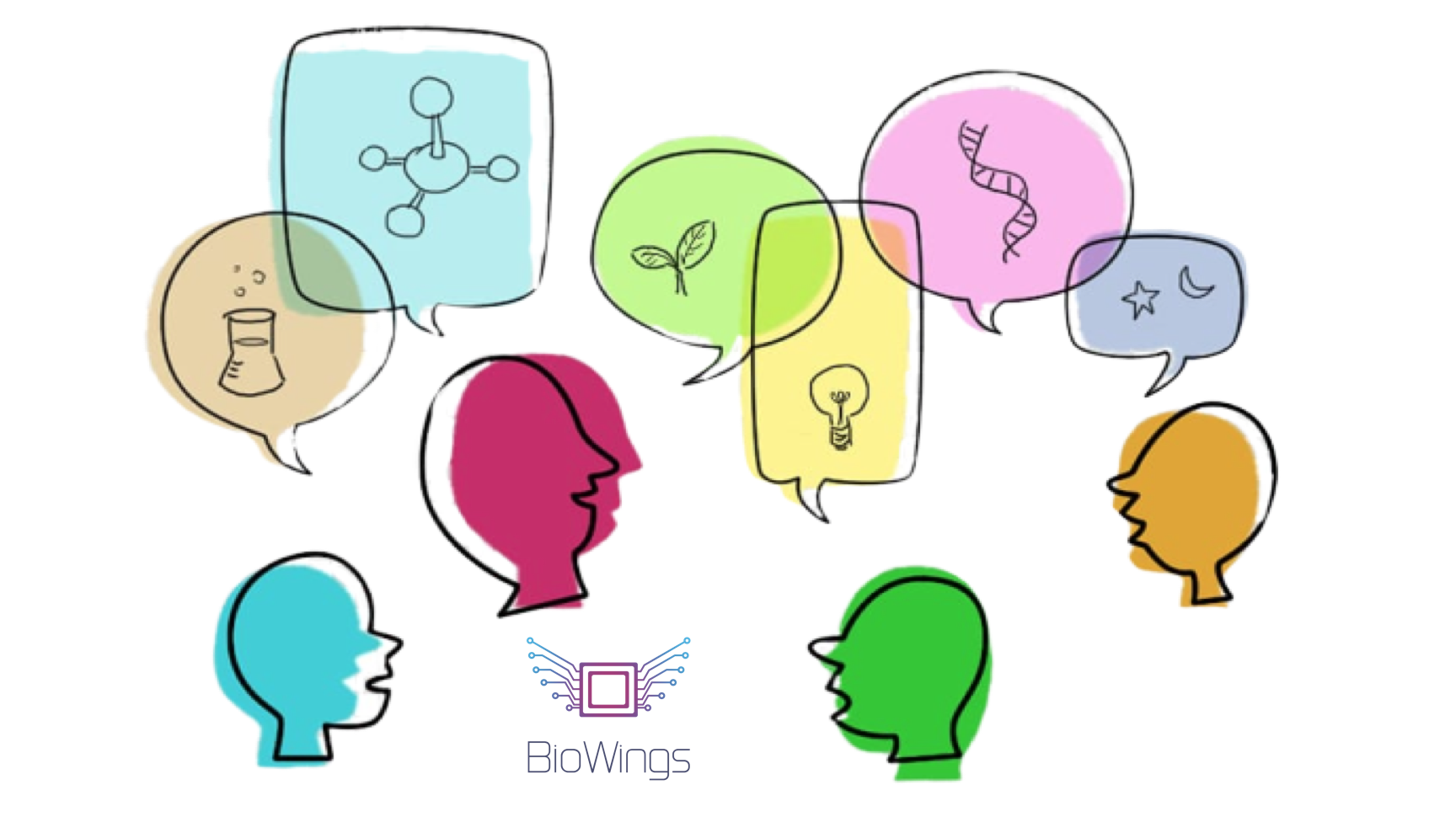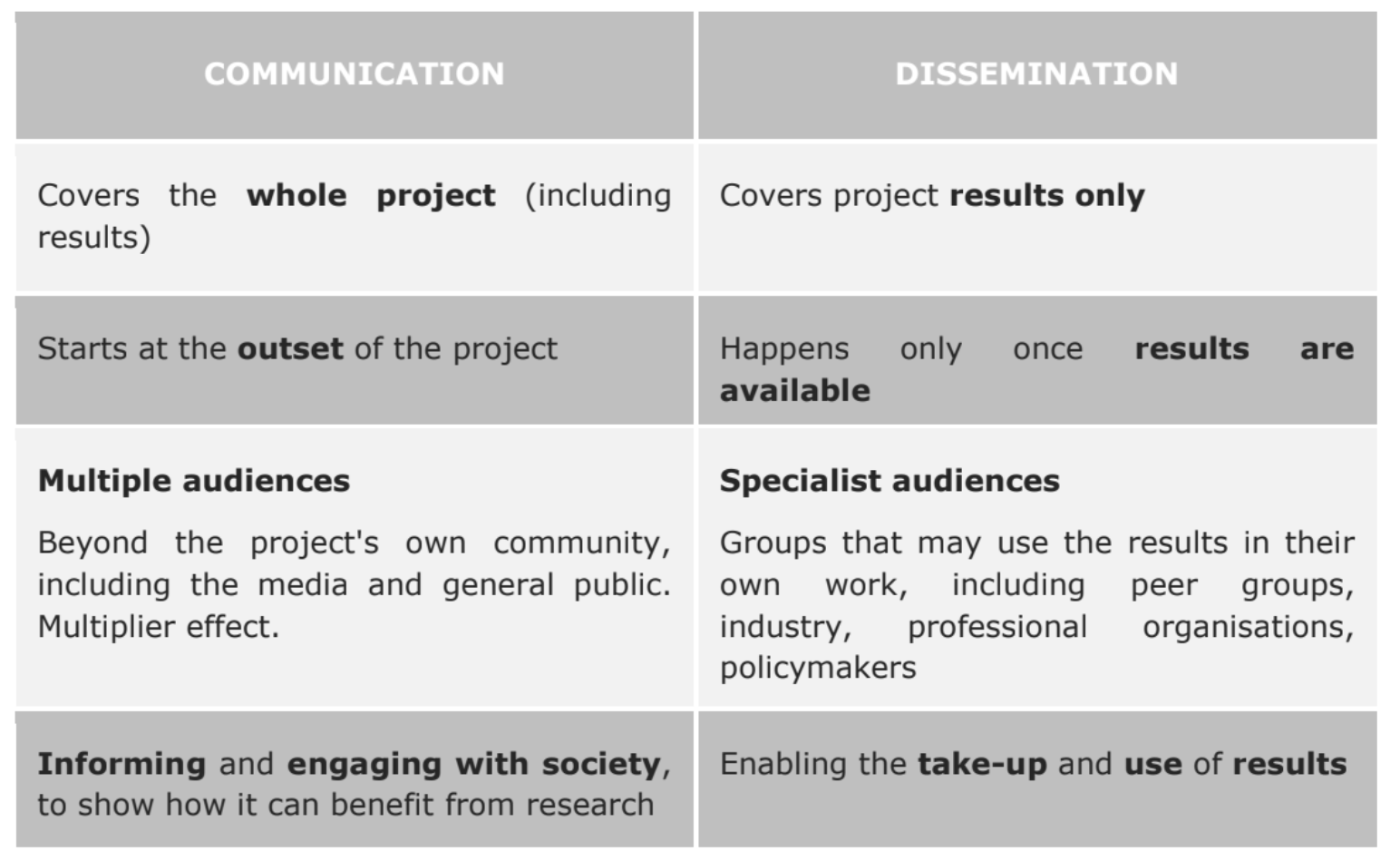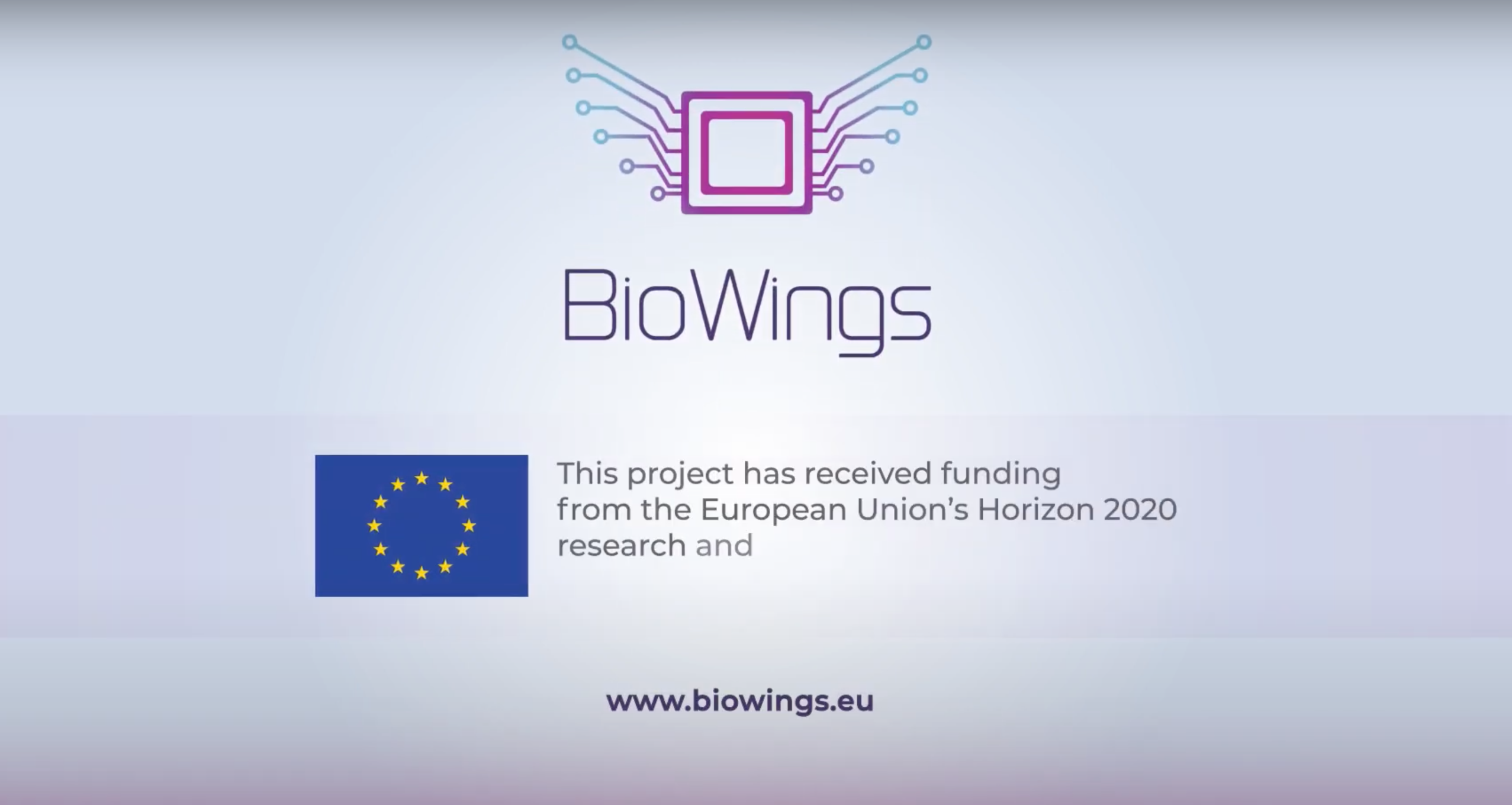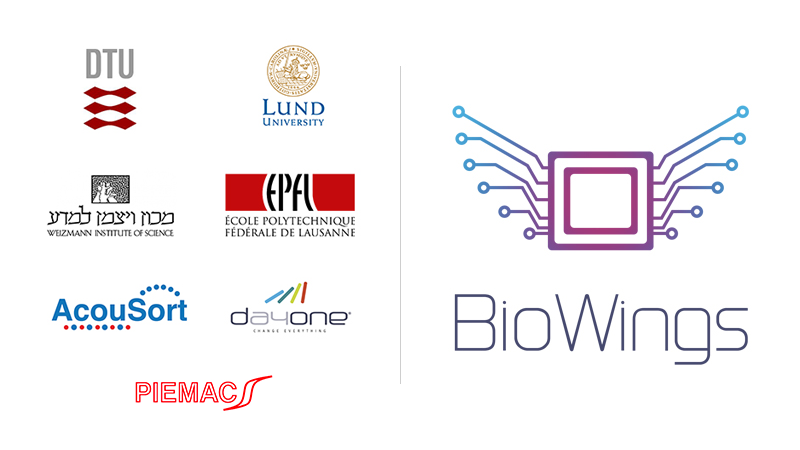
Communication and Dissemination in EU research projects
SCIENTIFIC DISSEMINATION AND COMMUNICATION.
HOW TO COMMUNICATE THE FUTURE
It is very important for scientists and innovators to acquire the ability to communicate with all levels of the stakeholders.
Every day researchers in universities and scientists in private companies perform research activities that can have several implications on the environment, society and people’s daily life.
Nevertheless, at the same time, only a few people really know what’s new in research and innovation context; moreover, the information arrives in a piecemeal and incomplete way to the workers too. It is becoming more and more important that research is accessible to the public and an effort that is made to communicate.
The answer to these problems lies in the capacity of scientists or those involved in innovation (even on the business side) to increase their ability in a clear and understandable way.
SCIENTIFIC COMMUNICATION IS SO DIFFICULT! WHY?
It is not easy to answer. One of the reasons could be because the way to communicate research or scientific innovations to the general public is completely different from reporting research in scientific journals or publications. Researchers are used to describing their theories in a very detailed way, take it from granted to be always well understood. However, most people who read will not be able to understand the content of that text and, consequently, the value and importance of that work.
This is a great pity! To bring research and its results to the attention of multiple audiences, help to drive competitiveness and growth in Europe and address societal challenges. An increased awareness of funded R&I activities and project results will, directly and indirectly, bring many benefits: for example, secure or increase research and innovation funding, establish new research or business contacts and stimulate further research.
COMMUNICATION ACTIVITIES IN EU FUNDED RESEARCH PROJECTS
The European Union knows it very well! This is the reason why Under the Horizon 2020 framework have been started several programs and activities that will bring the EU research funded projects to the attention of as many relevant people as possible.
Europe’s future economic growth will increasingly have to come from innovation in products and services. “Communication about European research projects should aim to demonstrate the ways in which research and innovation is contributing to a European ‘Innovation Union’ and account for public spending by providing tangible proof that collaborative research adds value by:
- showing how European collaboration has achieved more than would have otherwise been possible, notably in achieving scientific excellence, contributing to competitiveness and solving societal challenges;
- showing how the outcomes are relevant to our everyday lives, by creating jobs, introducing novel technologies, or making our lives more comfortable in other ways;
- making better use of the results, by making sure they are taken up by decision-makers to influence policy-making and by industry and the scientific community to ensure follow-up;
COMMUNICATION AND DISSEMINATION: TWO ACTIVITIES, ONE COMMON STRATEGY
Communication on scientific and innovation projects, as defined by the EC Research & Innovation Participant Portal, is «a strategically planned process that starts at the outset of the action and continues throughout its entire lifetime, aimed at promoting the action and its results. It requires strategic and targeted measures to communicate to a multitude of audiences, including the media and the public and possibly engaging in a two-way exchange».
Dissemination, on the other hand, is «the public disclosure of the results by any appropriate means, including scientific publications in any medium».

H2020 Guidance — Social media guide for EU funded R&I projects: v1.0 – 06.04.2018
EXPLAIN SCIENTIFIC RESEARCH THROUGH STORYTELLING
People want to hear stories. Since we are children, through stories we can better understand the world around us. Research is not all about charts and figures. Well-written research can be composed to create a captivating story. So scientific communication should be not only about explaining findings in an understandable manner but about engaging people also from an emotional point of view, in order to maintain the interest of the readers.
That is not easy for scientists and researchers; however, for them is good exercise.
This is the reason why Day One – a BioWings partner that is in charge of the Communication and Dissemination activities and, besides that, of the exploitation of the results – has set up a Communication and Dissemination strategy for the BioWings project that aims to push scientists and researchers (involved in the project) telling the stories behind the research they are performing for the BioWIngs project.
All the stories and scientific contributions are collected in articles published on this website and by a YouTube series: Fly over BioWings.
Watch out other related content:
- FETFX: the innovative communication for FET Projects
- “Fly over BioWings” | the 2019 video collection
- BioWings: one-page infographic, the project overview!






